The iPhone SE (2020) Review: A Reinvigorated Classic
by Andrei Frumusanu on April 24, 2020 6:30 AM EST- Posted in
- Mobile
- Apple
- Smartphones
- iPhone SE
- Apple A13
- iPhone SE 2020
Camera - Quick Evaluation (Outdated, Archived Samples)
Update April 29th:
Apple has replaced my initial iPhone SE sample with a new one, and taken back the old with for internal analysis. The optics issues described here are not present on the second sample, pointing out that the first unit (on this page) possibly had a manufacturing defect.
The initial analysis and camera samples are archived here for transparency.
As noted in the intro, the camera of the new iPhone SE isn’t all that new. It’s essentially the same generation sensor as found on the iPhone 8. The reason for this likely is due to the fact that Apple was limited by the physical form-factor of the phone, particularly the z-height of the camera module, unable to include any of the newer and bigger generation modules.
What’s also lacking from the iPhone SE are some of the machine-learning features such as night mode and Deep Fusion. I think that’s partly due to the fact that those modes rely on stacking multiple images captures together, and my hypothesis is that Apple was making use of the newer generation’s sensor dedicated DRAM chips to capture very quick consecutive exposures. As these older sensors lack dedicated DRAM, it wouldn’t be possible to capture quick consecutive exposures like that, and the phone wouldn’t be able to guarantee the same level of quality.
Whilst the hardware limits some of the capabilities of the camera, the new A13’s ISP does make up in other areas when it comes to image processing. Here we’re expecting to see some of the same advancements that were also been able to see in the last few generations of iPhones.
For the camera comparison today, due to the time rush and for simplicity’s sake (it’s a single-camera phone after all!), we’re limiting ourselves to the comparison of the iPhone SE vs the iPhone 8 vs the iPhone 11, with the Galaxy S20+ (Exynos) thrown in.
In the first scene, what’s immediately evident is that the exposure and composition of the scene is very different to that of the iPhone 8, more closely resembling that of the iPhone 11. Where this is most visible is on the façade of the white house, whose texture is able to retained a lot more on the newer SE. The SE retains the warm colour temperature that was predominant in past iPhones – I think the iPhone 11 here is a lot more realistic and accurate.
Looking at details of the street and vegetation, there’s quite the odd behaviour going on. The iPhone SE just looks outright blurrier than the iPhone 8 and isn’t able to retain the same level of sharpness in a lot of the scene.
This forest scene is always extremely harsh on cameras due to the sheer amount of detail and high-contrast elements in it. Immediately visible again is that the iPhone SE has a bright exposure and more detail in the shadows than the iPhone 8, showcasing a stronger dynamic range or HDR implementation that’s more similar to the iPhone 11. The colour temperature here is also again a tad warmer on the SE compared to the newer phone.
When it comes to detail, the iPhone SE here isn’t faring well at all as it’s evidently much worse than the iPhone 8. There’s a high amount of blur in the foliage. If you look at the high contrast tree branches near the sky you also see quite a bit of chromatic aberrations. This is a quite worrying tell-tale sign of weak optics of a camera, something is either wrong with the lenses or the phone isn’t correctly focusing.
Here again the iPhone SE shows its much better HDR implementation as it has more levelled highlights as well as slightly more pronounced shadow detail.
The detail loss here is again present, most notably seen in the street and foreground grass. To me it seems the differences are a lot smaller in the centre of the image, which again might point out that this is an optics issue and not a software processing issue.
Here’s a showcase of again the much better HDR implementation of the iPhone SE, matching the composition of that of the iPhone 11 (with again, warmer colours).
Detail-wise it’s again as if the SE is focusing much closer than it should be, with off-centre detail being blurrier.
Also, what’s to be noted is that the iPhone SE camera has the same focal length as that of the iPhone 8 at an equivalent 28mm, versus the iPhone 11’s 26mm. This might not seem like much, but it makes up for quite the difference in the field-of-view of the cameras.
Here I think it’s more evident that the iPhone SE focused closer to the camera than the iPhone 8 when pointing and shooting. Maybe the focus calibration is off?
In the last scene again the first thing that pops out is the fact that the iPhone SE’s HDR is much superior to that of the iPhone 8, the overall composition is again almost identical to that of the iPhone 11.
Detail-wise, the iPhone SE again suffers badly in this shot. The whole bottom-left quarter of the image just looks blurry and notably worse than the iPhone 8, and a far cry from what the iPhone 11 is achieving.
Overall Initial Daylight Impressions
Overall, I was somewhat disappointed with the camera results of the iPhone SE. Whilst Apple here has indeed ported over the better HDR implementations of the newer generation iPhones, there’s still some leftover characteristics from the older phones. The iPhone SE’s color temperature is warmer and more typical of past iPhones, as Apple only more recently had changed this aspect of their cameras.
What’s worrying is the fact that the iPhone SE in the vast majority of scenarios actually fares quite worse in detail than the iPhone 8. To me, this either looks like a focus or optics issue, as the pictures have tell-tale signs of something being wrong in that regard.
We’ve reached out to Apple with our results and are awaiting a response on the matter. The shots were captured on iOS 13.4- I’ve also quickly tested it on today’s 13.4.1 update and the blurriness persists.
Update: Apple is sending a replacement unit, in case my unit has abnormal defects.
Update April 28th: Apple has replaced my initial iPhone SE sample with a new one, and taken back the old with for internal analysis. I've quickly gathered some new camera samples, and the optics issues described here are not present on the second sample, pointing out that the first unit possibly had a manufacturing defect. We'll be updating the camera samples in this article shortly.
Low-Light Impressions
I’ve didn’t have time for a more extensive outdoors low-light testing, but in my limited indoor testing I noted that the new iPhone SE’s low-light capabilities are massively superior to that of the iPhone 8. While the resulting pictures are quite noisy, they still retail a lot of detail of the scene whereas the iPhone 8 remains a blur. It’s a respectable result for the phone given its hardware and software limitations.


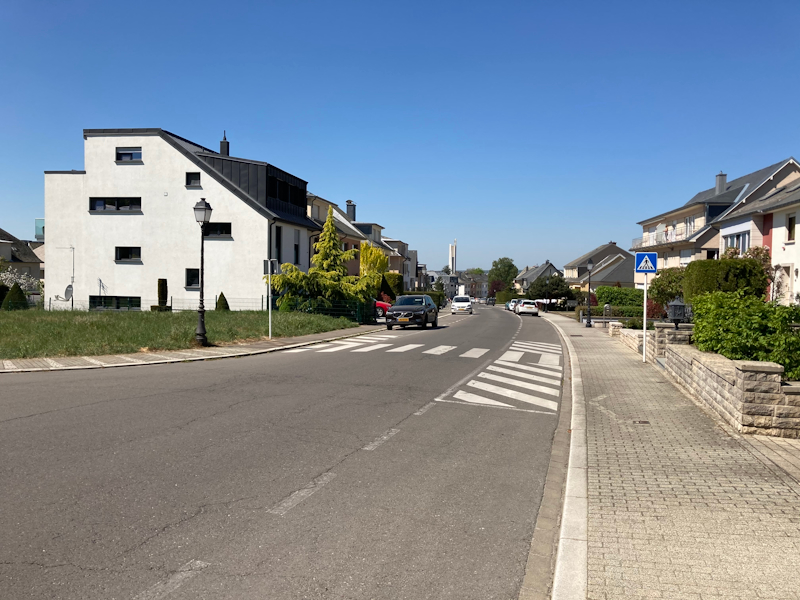
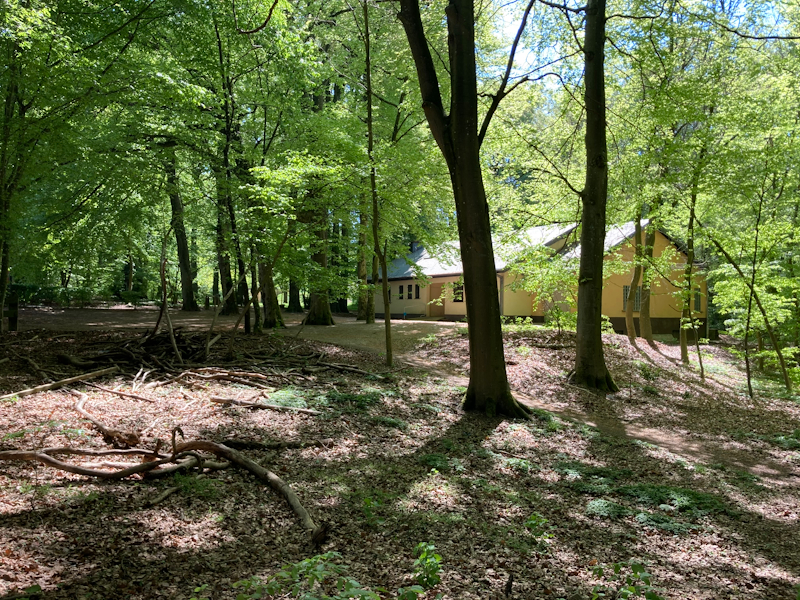
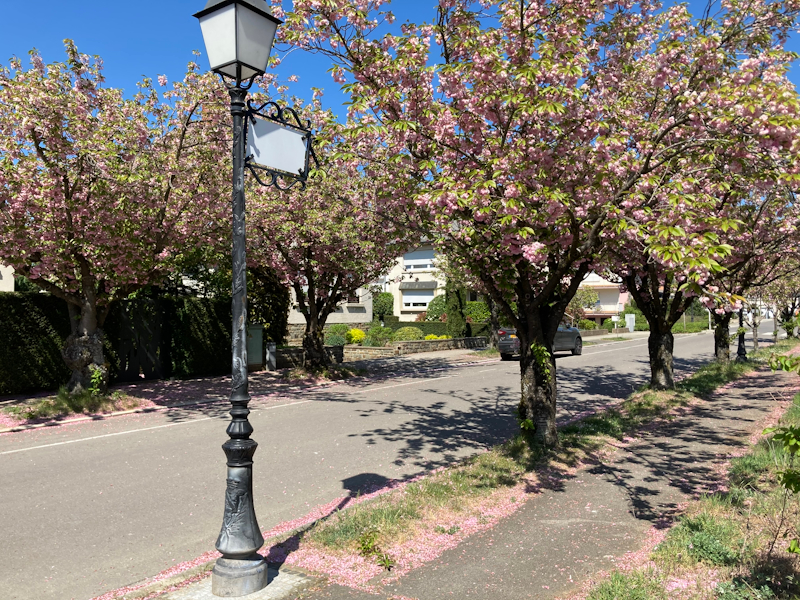
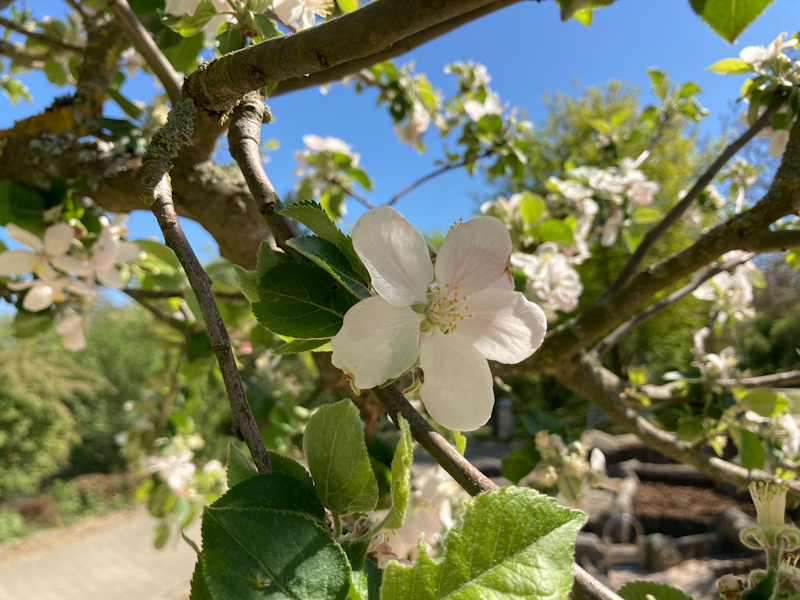
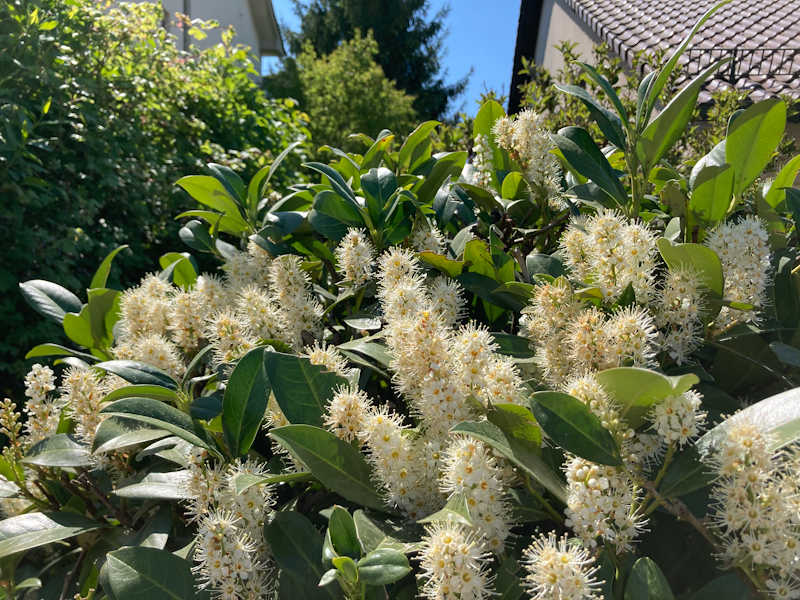
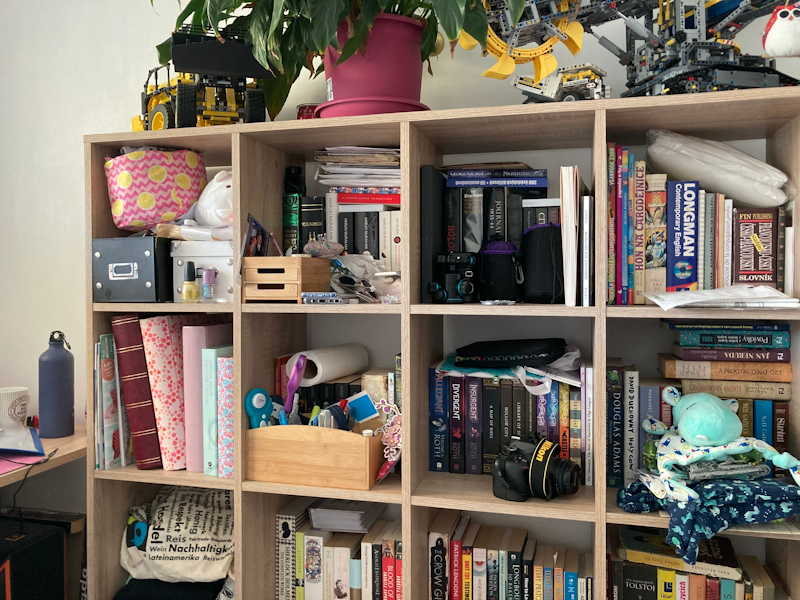
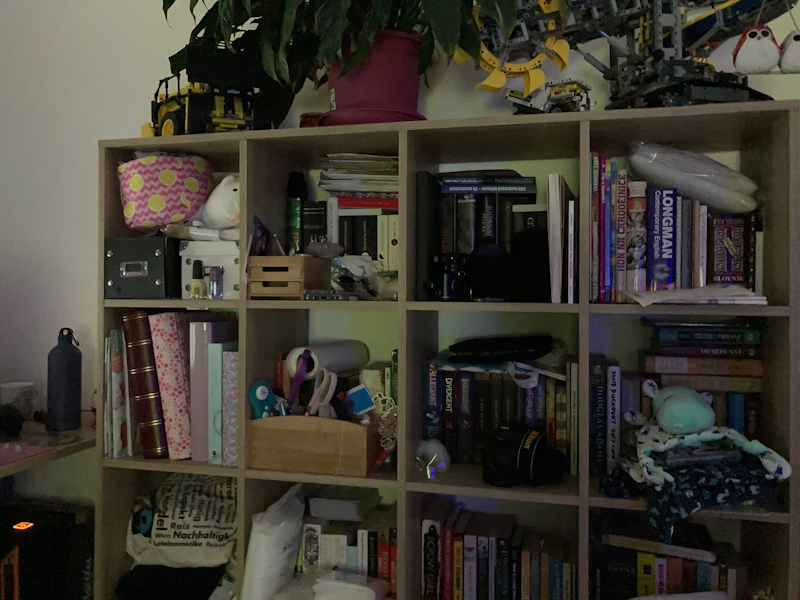









196 Comments
View All Comments
Che - Friday, April 24, 2020 - link
I am happy to see Apple have a phone at the $399 price, and great performance. But my goodness, it is ugly in my opinion.Alistair - Friday, April 24, 2020 - link
I personally loved the "white front" design from before, wish they kept that as an option, but it looks good in person.Deicidium369 - Sunday, April 26, 2020 - link
I bet all black phones looks the same to youIrish910 - Wednesday, May 6, 2020 - link
Did you see “stupid” written on the ceiling??lmcd - Friday, April 24, 2020 - link
The biggest selling point of this phone is upgraded internals paired with TouchID. Face unlock is a huge detriment compared to fingerprint unlock and will be a selling point when my mom picks one up within the next year.Icehawk - Friday, April 24, 2020 - link
If they offered an 8+ version I’d be on it in a heartbeat as I love the home button - the camera is a little bit of a letdown but at $400ish something has gotta givefmcjw - Friday, April 24, 2020 - link
With inferior camera hardware, the only selling point over a second hand iPhone 8 is the A13, as it's fast and efficient enough. It seems reviewers are lavishing praise on the computational gimmicks, spending time testing out digital bokeh and HDR (and binning and night modes in other phones), which at the end of the day is just saccharine. Like the proliferation of mini boom boxes which claim to have a "great" sound, the one test is whether your ears get tired from the distortion.In my experience, people who care for quality pocket sized photography is served by the largest sensor (pixel-size, not binning equivalent) coupled with smooth jitter free video and lack of any obvious flaws in the processing algorithms. The Galaxy S20's 12MP main camera is a good example, too bad the package is overpriced.
Perhaps this inspires a market for a thicker phone with Snapdragon 865 and a 22mm ultrawide (non-existant) 1/1.33" 20MP sensor?
hoodlum90 - Saturday, April 25, 2020 - link
"and lack of any obvious flaws in the processing algorithms. The Galaxy S20's 12MP main camera is a good example"Not according to Anandtech's review and may others online as well.
"The main camera sensors on the other hand I feel fall short of the high expectations. Yes, they are better than what we see on the S10 series, however Samsung here is still falling short of proving the same quality that Apple achieves on the iPhone 11 – and it’s also optically inferior to Huawei’s newest devices."
Deicidium369 - Sunday, April 26, 2020 - link
Depends on who the reviewer wasDeicidium369 - Sunday, April 26, 2020 - link
Large parts are probably already 2nd hand